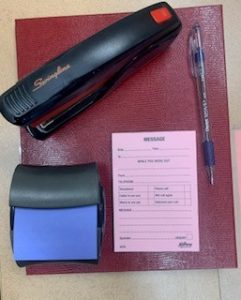At the beginning of the school year, I ease my working mom anxiety by watching a lot of videos about quick after school dinner recipes. While there are hundreds of things to worry about related to teaching every day, somehow this makes me feel better and more prepared to tackle these sometimes exhausting fall beginnings every year.
I start out looking at the main ingredients required, the measurements so I will know how much to purchase and whether it’s simple enough for me to figure out on my own. As I watch the video and see the cooking techniques and instructions, it starts to make sense to me. I can imagine the textures, the tastes – even see how many pots and pans I’ll have to clean after dinner. These videos are entertaining and also help me to gain confidence in trying new flavours or learn how to tweak my tried and true recipes.
My favourite phrase is when the creator gives permission to “measure with your heart”. This small four word sentence honours that everyone’s tastes may differ; your family may like a little less salt and a little more garlic, or might prefer maple syrup over honey for a sweetener. The small tweaks personalize that recipe and help me to make it my own. When I measure with my heart, I think about who I am cooking for; family, friends, or even just myself and that recipe becomes customized with them in mind.
When I get the opportunity to meet students in these early fall days, I’m still following some of those tried and true ‘recipes’ at the beginning of the school year – lots of smiles, spending time getting to know each other, building a community together. I work my way through the measurements – assessments that help me to learn more about their academic experiences and how I can best meet their needs as their teacher.
But somehow, without my noticing, I start to measure with my heart. I see all the unique qualities and personality traits of the students and they start to learn a little more about me, too. Some may need a little more gentle encouragement and others like to laugh and joke around with me. I learn who has siblings and who has a hamster and who takes swimming lessons on the weekend. I ask about these experiences that are important to them – personalizing the way that we show care for one another. Maybe it’s suggesting books that centre their identities in language class; maybe it’s using real life examples that help them feel seen in math class. Just like cooking, when I measure with my heart I think about who I am teaching – not just as students, but as children who are brilliantly unique and gently adjust the flavour of our classroom with them in mind.
As we move into the unending deadlines that always seem to be present in education, I’m going to remind myself to measure from the heart every day. To think not just about what students need to learn, but the ways our classroom can best reflect how they need to learn. Perhaps it’s a little more scaffolding at times or a more hands-on experience in other subjects. Maybe Monday needs to be a little sweeter than the other days while Friday needs to be more spicy and bolder. There’s no recipe that can guarantee what we will need most each week; I’m just going to measure with my heart.





